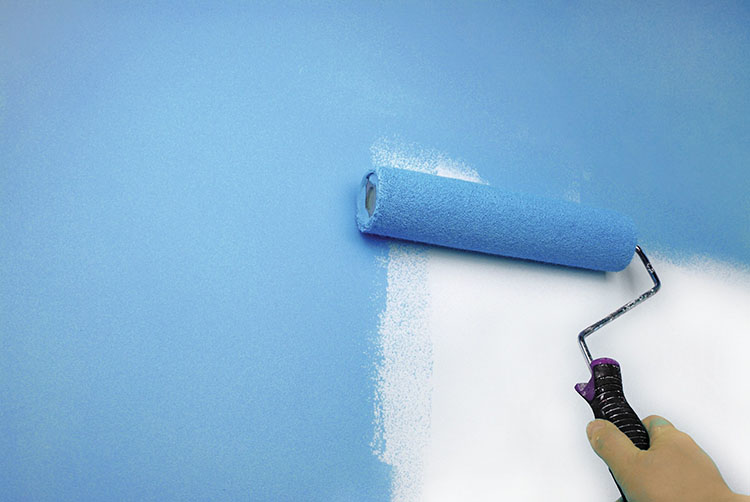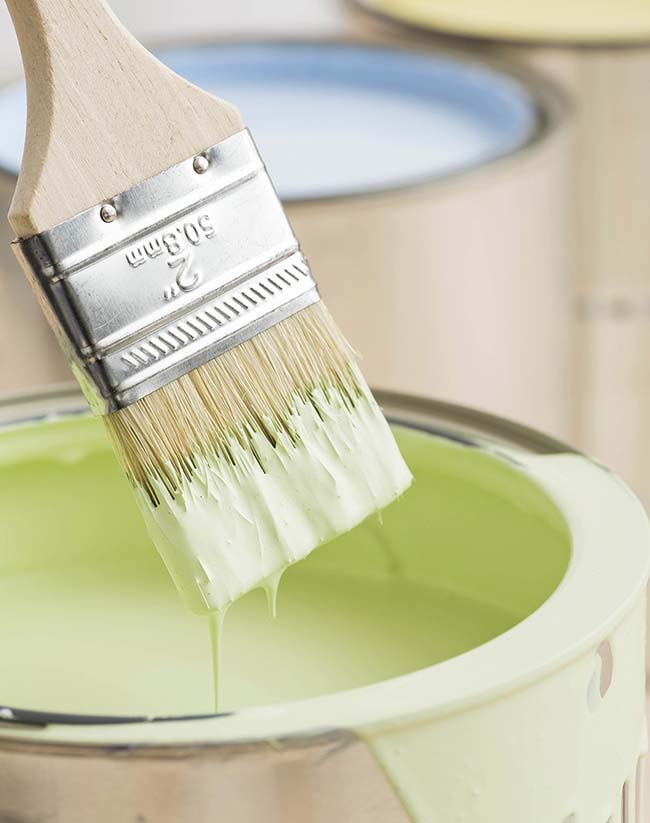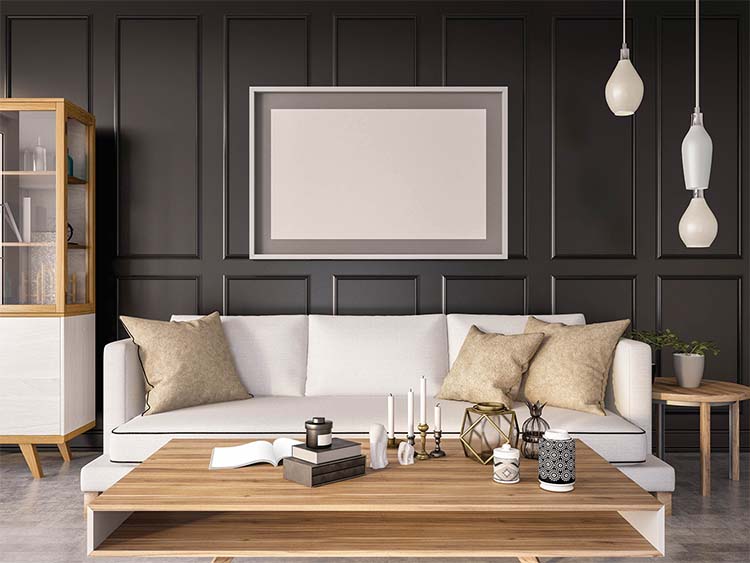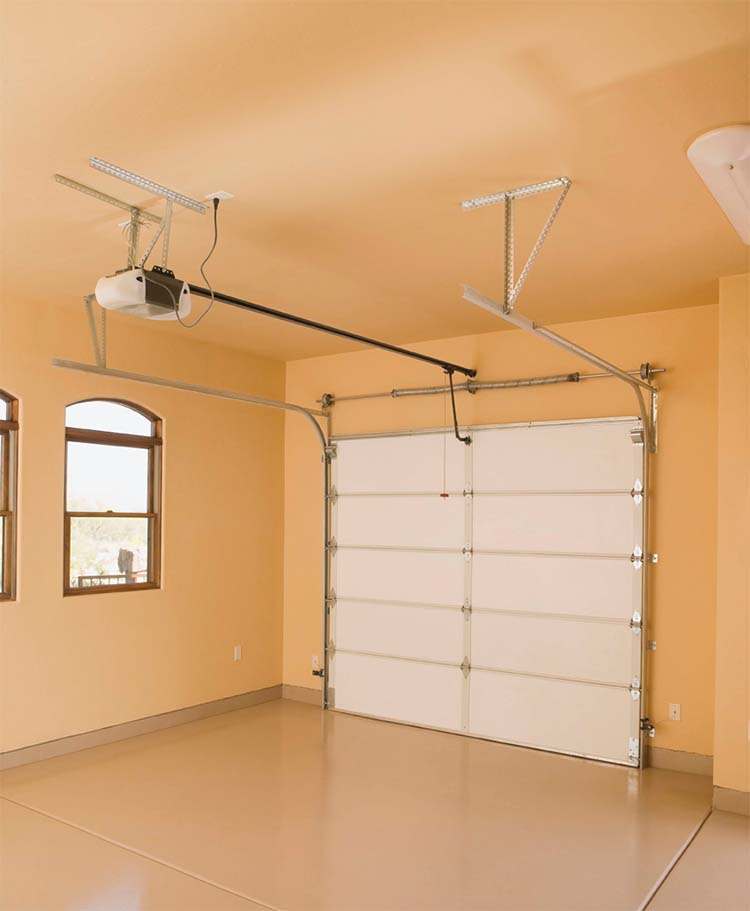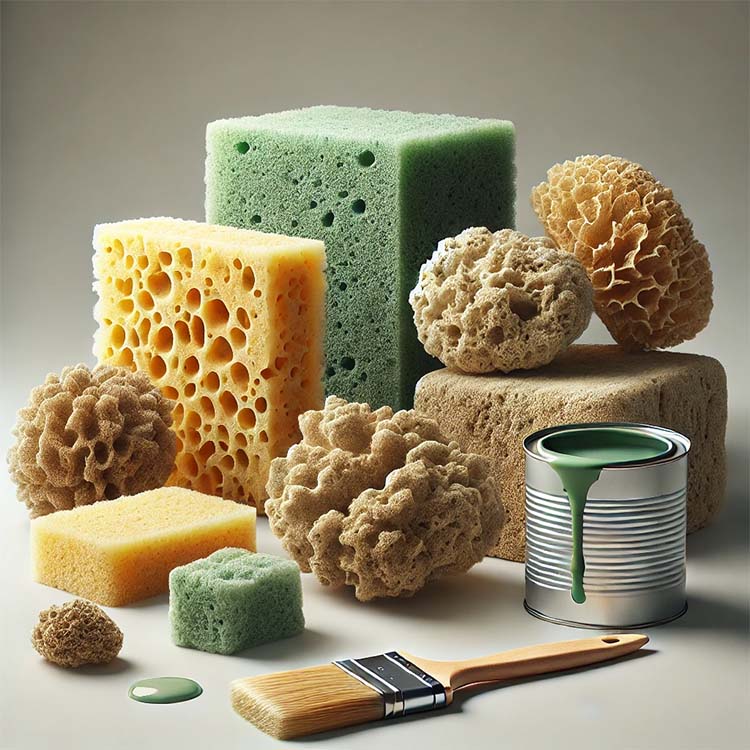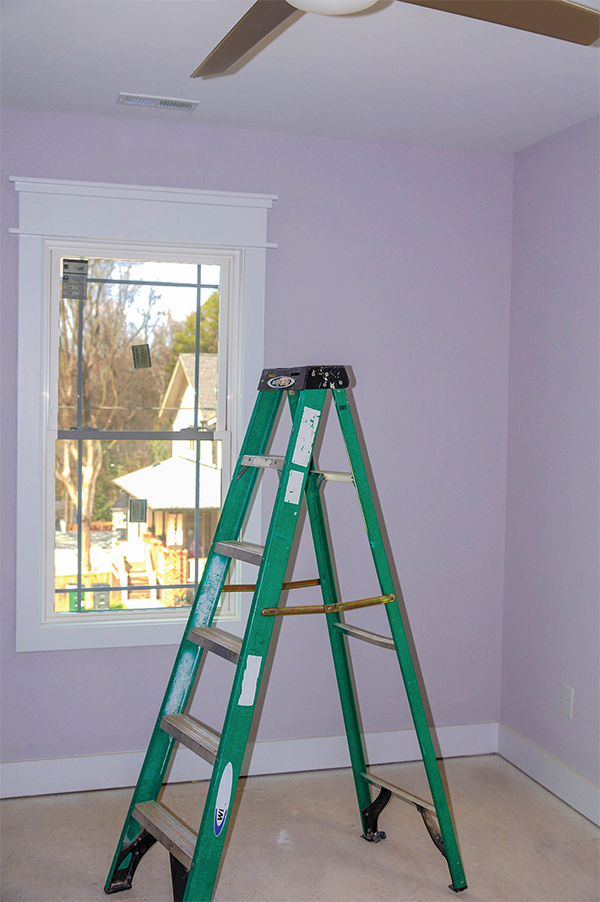Understanding the Differences Between Zero VOC, Low VOC, and Regular Paint
When it comes to choosing paint for your home or workplace, understanding the differences between zero VOC, low VOC, and regular paint is crucial. These distinctions not only impact the environment but also influence indoor air quality, health, and overall satisfaction with the final result. This article will explore what these terms mean and how they can affect your painting project. What Are VOCs? VOC stands for Volatile Organic Compounds. These are chemicals that easily become vapors or gases at room temperature. VOCs are commonly found in many household products, including paints, varnishes, and cleaning supplies. When released into the air, VOCs can contribute to indoor air pollution and have both short- and long-term health effects. Some of these health effects include headaches, dizziness, respiratory issues, and even more severe conditions with prolonged exposure. Regular Paint Regular, or traditional, paint typically contains a high level of VOCs. These VOCs are released into the air as the paint dries, leading to the familiar “new paint” smell that can linger for days or even weeks. This type of paint has been widely used for many years due to its durability, ease of application, and broad range of color options. However, the high VOC content in regular paint can be harmful, especially in poorly ventilated spaces. The release of VOCs not only affects indoor air quality but also contributes to environmental pollution. This has led to increased awareness and demand for safer, more environmentally friendly alternatives. Low VOC Paint Low VOC paint is formulated to have reduced levels of volatile organic compounds compared to regular paint. The specific amount of VOCs allowed in low VOC paint varies depending on the region and regulations but is typically under 50 grams per liter for flat finishes and under 150 grams per liter for other finishes. Low VOC paints provide a safer alternative to regular paint while still offering good performance in terms of coverage, durability, and color variety. The reduced VOC content means that there is less off-gassing, which results in a milder odor and less impact on indoor air quality. However, while low VOC paint is an improvement over regular paint, it still contains some chemicals that can contribute to indoor pollution. Zero VOC Paint Zero VOC paint takes the commitment to reducing environmental and health impacts a step further by eliminating VOCs altogether. According to U.S. regulations, paints labeled as “zero VOC” can contain no more than 5 grams of VOCs per liter. However, some products may have even lower levels or none at all. Zero VOC paints are the best choice for those who are particularly sensitive to chemicals, such as people with allergies, asthma, or other respiratory conditions. These paints virtually eliminate the risk of VOC exposure, making them ideal for use in homes, schools, healthcare facilities, and other sensitive environments. One important consideration with zero VOC paints is that while the base paint may be free of VOCs, the colorants added to tint the paint can sometimes introduce VOCs. Therefore, it’s important to inquire about the VOC content of both the base paint and the colorants if you are aiming for a truly zero VOC solution. Key Differences and Considerations Conclusion When selecting paint for your next project, it’s important to consider the differences between zero VOC, low VOC, and regular paint. Each option has its pros and cons, and the best choice will depend on your specific needs, including health concerns, environmental considerations, and budget. As awareness grows, more people are choosing zero and low VOC paints, not only for their immediate benefits but also for the long-term well-being of their families and the planet.

